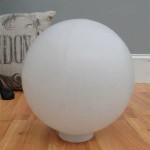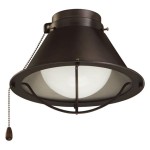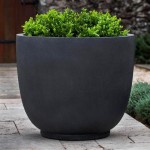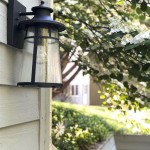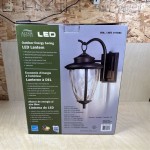How to Make a Homemade Outdoor Projector Screen
Enjoying a movie night under the stars can be a wonderful experience, but a lack of proper viewing equipment can detract from the enjoyment. A high-quality outdoor projector screen can significantly enhance the experience, providing a large, bright, and clear picture. While purchasing a dedicated screen is an option, crafting your own can be a fun and cost-effective alternative, offering the satisfaction of a DIY project and potentially unique design possibilities.
This article will guide you through the process of making a homemade outdoor projector screen, covering essential materials, steps for construction, and various design considerations. Whether you are looking for a permanent installation or a portable option, the information provided will equip you with the knowledge to create a screen that suits your needs and preferences.
Choosing the Right Materials
The chosen materials significantly impact the screen's performance and longevity. Different materials are suitable for different applications and budgets, offering various advantages and disadvantages.
1. Sheet Material
The sheet material forms the primary surface for projection. Popular options include:
- White bed sheet: A readily available and budget-friendly choice, although it may not offer the best projection quality due to its thinness and uneven surface.
- Canvas drop cloth: Offers a smooth and textured surface with good light reflection. It is durable and can withstand outdoor elements.
- Projector screen fabric: Specifically designed for projection, offering optimal light reflection and minimal image distortion. This is the recommended choice for the best image quality but comes at a higher cost.
2. Frame
The frame provides support and structure for the sheet material. Consider these options:
- Wooden frame: Affordable and readily available, allowing for customizable sizes and shapes. However, it requires careful construction to ensure stability and durability.
- Metal frame: Offers greater strength and resistance to warping, especially useful for larger screens. It may be more expensive and challenging to work with.
- PVC pipe frame: Lightweight, portable, and easy to assemble. It is a popular choice for temporary setups.
Construction Steps
The construction process involves assembling the frame and attaching the selected sheet material.
1. Frame Assembly
Follow these steps for frame assembly, depending on the chosen material:
- Wooden frame: Cut wood according to the desired screen size. Use wood glue and screws to join the pieces, ensuring corners are square and secure.
- Metal frame: Use metal brackets and screws to connect the metal pieces. Make sure to tighten all connections securely.
- PVC pipe frame: Use PVC pipe connectors to join the pipes according to the desired shape.
2. Sheet Material Attachment
Once the frame is assembled, attach the selected sheet material.
- Staple gun: Use a staple gun to securely attach the sheet material to the frame. Ensure the material is stretched tightly to eliminate wrinkles.
- Fabric glue: Apply fabric glue to the edges of the sheet material and press it onto the frame. This method may require additional support for larger screens.
- Velcro: Attach Velcro strips to both the frame and the sheet material for easy assembly and disassembly.
Design Considerations
Beyond basic construction, consider these design elements to enhance the screen's functionality and aesthetics:
1. Screen Size
Determine the ideal screen size based on your viewing distance and projector capabilities. A larger screen might be desirable for a more immersive experience, but it also requires a projector with sufficient brightness and resolution.
2. Screen Orientation
The screen orientation depends on the projector's placement. A horizontal orientation is often preferred for standard movie formats, while a vertical orientation might be suitable for specific content or presentations.
3. Mounting System
Choose a mounting system that is suitable for your needs. Options include:
- Wall mounting: Securely mount the frame to a wall using screws or brackets.
- Tripod stand: Use a tripod stand to support the frame, providing flexibility for adjustments.
- Portable stand: Construct a lightweight and foldable stand for easy transport and setup.
By carefully choosing the appropriate materials, following the construction steps, and considering design elements, you can create a functional and satisfying homemade projector screen. Remember to ensure proper lighting conditions to maximize screen brightness and image clarity, and adjust the projector's settings to achieve optimal picture quality. Enjoy your movie night under the stars with your newly built projector screen!

How To Make An Easy Diy Outdoor Screen

11 Diy Backyard Screen Ideas For Your Outdoor Theater

How To Build An Outdoor Theater At Home The Horticult

Make An Outdoor Screen

How To Make An Easy Diy Outdoor Screen

25 Homemade Diy Projector Screen Ideas Crafts

How To Build An Outdoor Screen My Frugal Adventures

How To Make A Backyard Screen Ehow

Diy Outdoor Screen Tutorial

11 Diy Backyard Screen Ideas For Your Outdoor Theater
Related Posts

